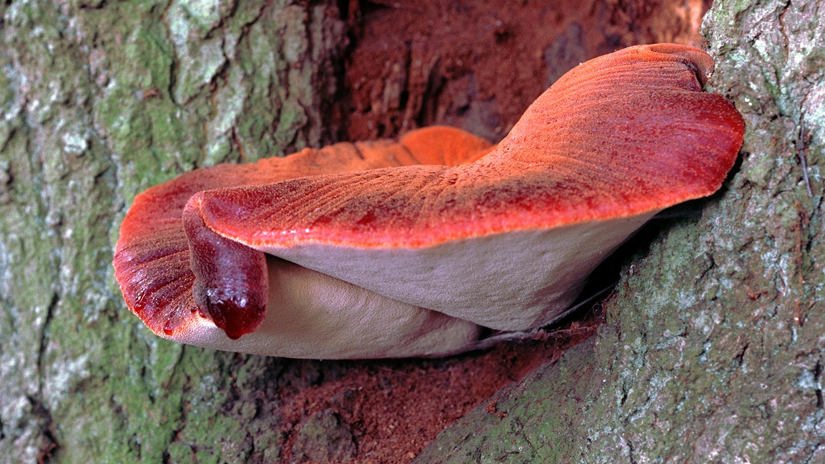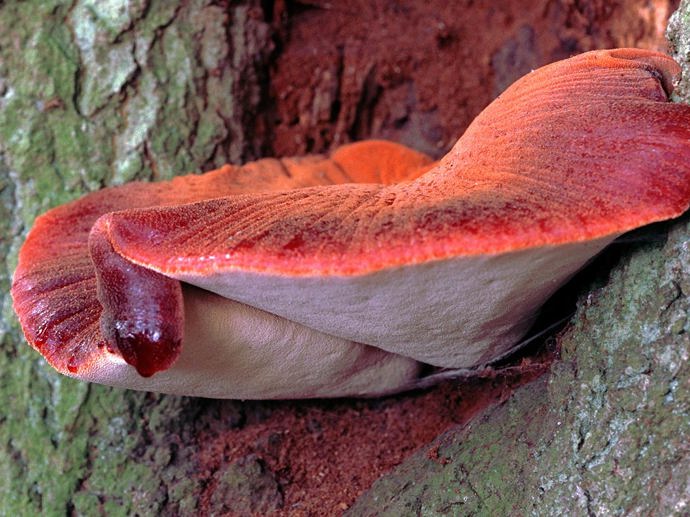Common name: oakbug milkcap
Scientific name: Lactarius quietus
Family: Russulaceae
Fruiting season: August-November
Habitat: under oak trees
Stinky and unimpressive. Oakbug milkcap is a dull-looking fungus that is easily missed in woodland among its more spectacular cousins. It is edible, though is not to everyone’s taste, and is said to have an oily smell, similar to bed bugs. Yum.

Common name: oakbug milkcap
Scientific name: Lactarius quietus
Family: Russulaceae
Fruiting season: August-November
Habitat: under oak trees
Grows up to 7cm tall and 8cm across, with a pale brown cap and stem.
Cap: a rounded cap that flattens with age, developing a shallow dimple in the centre. It is a dull, reddish brown with cinnamon tints, often ringed by bands of darker spots.
Gills/spores: underneath the cap the gills are pale brown, ageing to reddish brown with a hint of mauve and oozing a creamy-white, milky substance (latex) when damaged.
Stipe (stalk): the stem is the same colour as the cap, slightly darker towards the base.
Not to be confused with: the fenugreek milkcap (Lactarius helvus) which is found on heaths and under conifers and is mildly poisonous. There are approximately 70 species of milkcap in the UK, and many share similar characters.

Credit: Buiten Beeld / Alamy Stock Photo
Oakbug milkcap is very common in the UK. It is always found under oak trees, often in large groups.
Oakbug milkcap is an important mycorrhizal species for oak trees, forming cooperative relationships with oak roots.

Credit: imageBROKER / Alamy Stock Photo
It is not poisonous, and is considered edible by some who say that the bitter taste of the fresh mushroom largely disappears on cooking and the final flavour is ‘carrot with a hint of ginger’. Others say that it is an ‘unpleasant-tasting mushroom’.
It is thought that milkcap fungi (Lactarius spp.) exude latex as a form of self-defence when damaged, because it dries to form a protective coating around the injury, keeping out bacteria and other contaminants.


Helen Keating • 29 Oct 2018
Explore the world of foraging with these top wild fungi picking and cooking tips. Here are five edible fungi that are easy to identify.